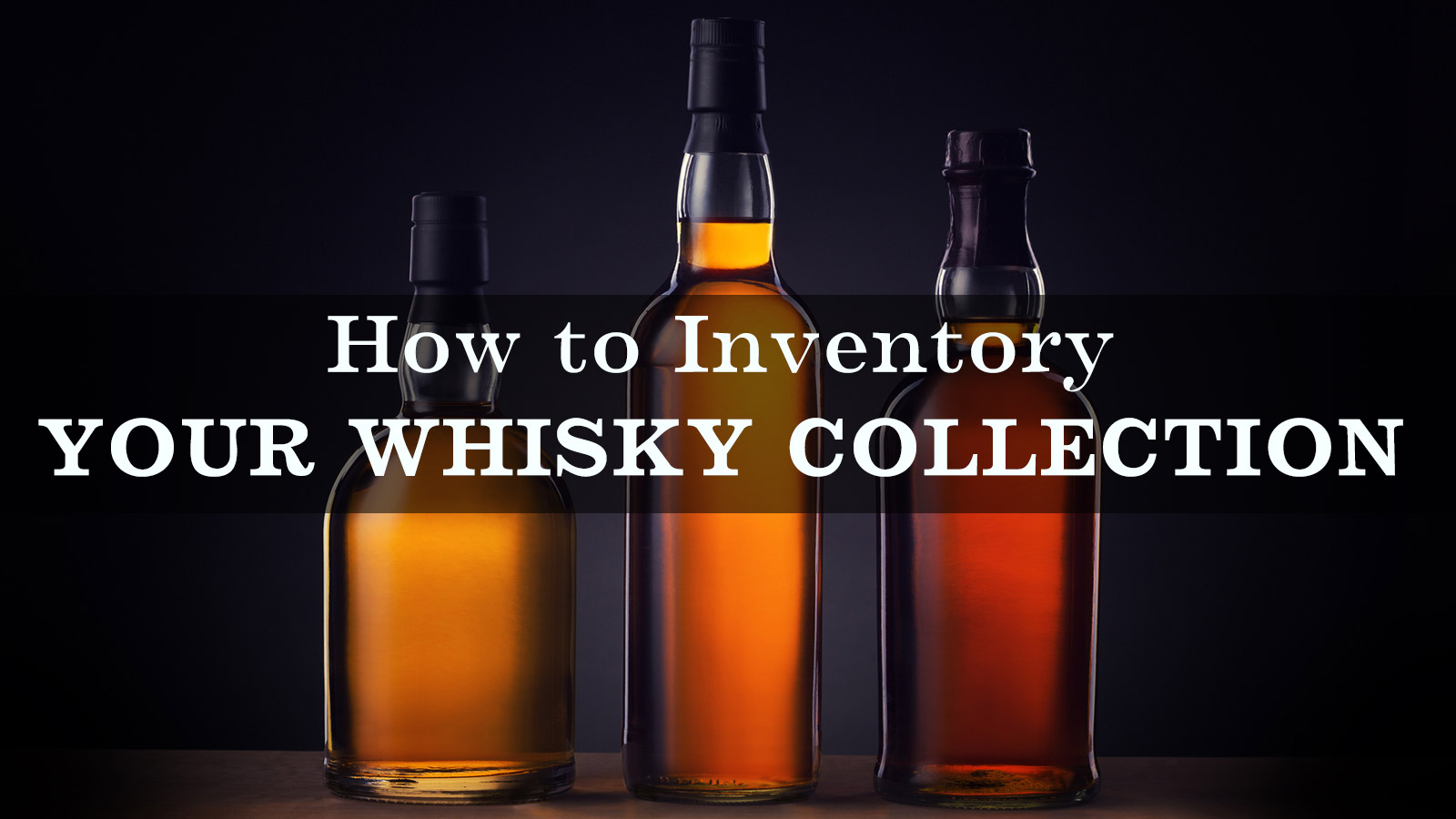
We need to talk about how many bottles of whisky you own. Can we be honest with each other? First there were too many for the drinks shelf, then you couldn’t close the closet doors, then they took over the basement den—and now you spend more time searching for whiskies than enjoying them. It’s time to start keeping track of what you’ve got. Whisky collectors are capable of amassing thousands of bottles, and a well-catalogued collection is one you can enjoy in an instant.
You need a Whisky Inventory
An inventory that records which site, room, box, or bin holds a whisky is vital when your collection grows to occupy several locations. Naturally, a whisky inventory will be indispensable for insurance and appraisal purposes. Furthermore, you will find it an invaluable tool when communicating with auctioneers, brokers, and retail stores if you decide to sell part of your collection.
Beyond these practical considerations, a good inventory can act as inspiration, for example, when you are looking to pour a particular vintage to celebrate a special occasion, or provide browsing pleasure even when you’re not imbibing. When a good-natured debate breaks out at your whisky club, a quick reference to your inventory might help you win the point.
Inventory Systems
Document it
The easiest way to build an inventory is using familiar software such as Excel, Access, Google Sheets, or Numbers. If typing seems too much like hard work, get out your cell phone or tablet and take some photos, then swipe through your colourful collection at your leisure. You can invest in home inventory software, dabble in bar inventory apps such as Partender, or experiment with whisky inventory apps like WhiskyThek, though personally, I’ve yet to find the ideal platform supported by an exhaustive database of whiskies that encompasses the customization and tweaks I’m looking for.
Be social
Connosr, an online whisky community, has an easy-to-use cabinet function that relies on a user-generated database for whisky information (fortunately, there are some power users). Simply add the bottles you own to your cabinet—keep it truthful, no bragging now. You can browse through other members’ cabinets and they will scroll through yours, though you have the option of setting it to private. It’s a handy tool. Distillery websites have used similar functions for their members, presumably gaining market insight into your purchasing habits in the process. Always consider the data (and home) security ramifications of sharing your collection publicly with any online platform.
Go Classic
What a paper record lacks in efficiency it makes up for in elegance. A fine leather bound cellar book, with each entry written with the flourish of a fountain pen, will leave a lasting, stylish record of your acquisitions. Time offline is a luxury these days, but your whisky inventory need have no greater purpose than the satisfaction of its owner. Try Smythson, Cavallini & Co., or Bookbinders Design for inspiration.
Record keeping
Here are some tips for tailoring your inventory to suit your needs.
Basics
Note the essential information that will identify the bottle. Use the following fields to get you started: country of origin, category/style, region, distillery, product name, age/vintage, ABV, volume, purchase price, bottle location, and whether the bottle is open or closed.
Add extras
Generate more functionality by recording supplementary details:, distillation date, bottling date, cask type, finishing cask, bottler/producer, purchase date, vendor, and Whisky Advocate Buying Guide Rating.
Go Pro
Add your personal whisky rating, tasting notes, date tasted, water recommendations, auction value with source and date, original packaging (tube, boxes, glassware), and condition notes (condition of closures, labels, and outer packaging, evaporation, and ullage)
Aggregate
Quickly determine the number of bottles you own in total or by distillery, or calculate the total value of your collection at the touch of a button.
No two whisky collections are alike, so your finished whisky inventory will be utterly unique. The choice is yours; make it simple and functional, or invest your time in a more detailed record of your liquid treasures. Understandably, beginning from scratch can seem an unattainable task for long-term collectors, so the ideal time to start is when you are new to collecting. Even once it’s established, maintaining an inventory requires discipline and commitment. It demonstrates your proficiency as a collector, so do it right, and it will be a source of pride—and usefulness—for years to come.






